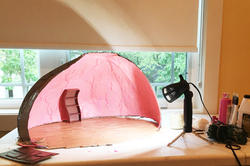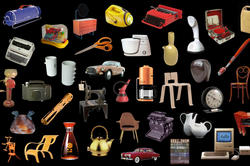Connecting from home this spring, Graphic Design students and faculty are rethinking what—and how—they make.
Planning for the New Public Realm
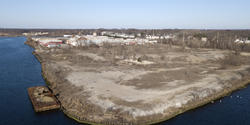
As people everywhere combat the spread of COVID-19, we also face many questions about how—and how dramatically—communal life will change going forward.
Will parks, playgrounds and beaches have occupancy limits? Can our urban infrastructure accommodate new public health demands? And how do we create bigger open spaces without encroaching upon neighborhoods and natural systems?
For landscape architects, coronavirus concerns make solving these problems increasingly complicated and incredibly urgent. The pandemic, says Landscape Architecture Department Head Johanna Barthmaier-Payne, “is forcefully bringing forward questions about scenario-building and decision-making and conditions related to the climate crisis.”
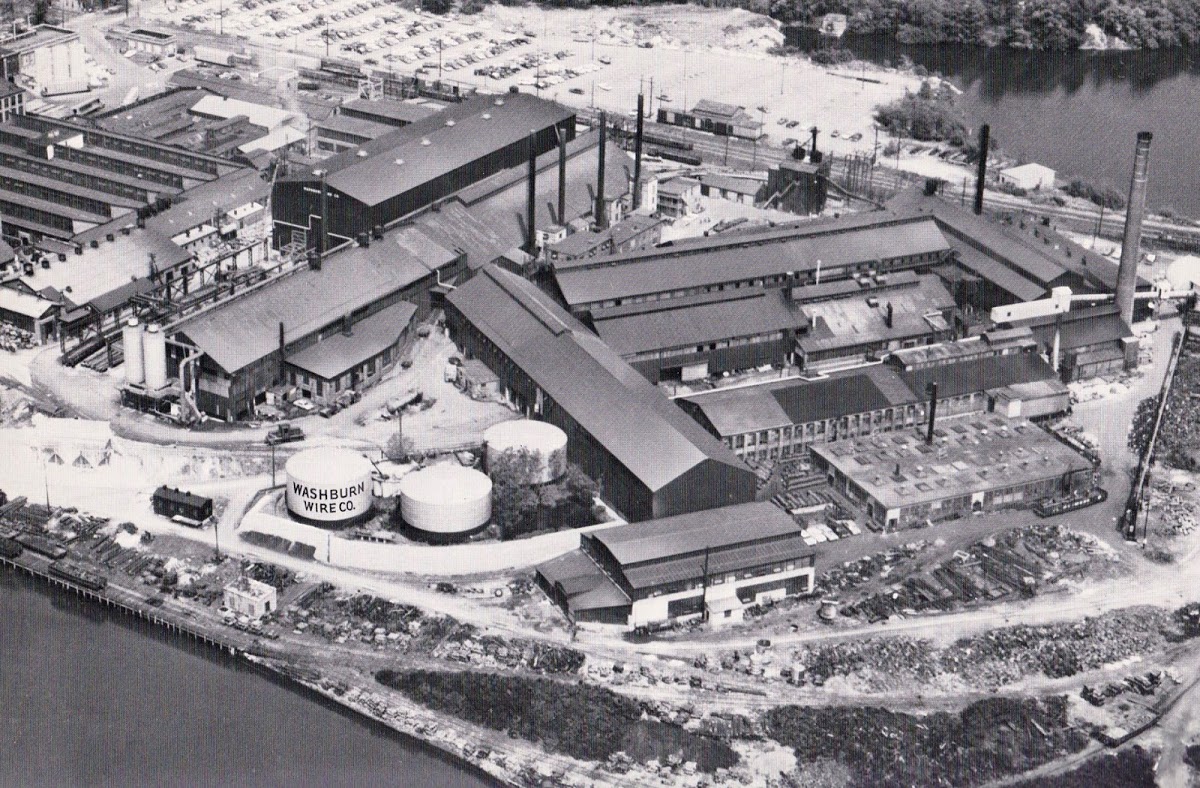
Through site analysis, in-depth research and focused design projects, students in Landscape Architecture engage critically with issues and more in Site / Ecology / Design, a first-year studio that Barthmaier-Payne is teaching this year along with fellow faculty members Courtney Goode and Gavin Zeitz MLA 18.
“[The pandemic] is forcefully bringing forward questions of scenario-building, decision-making and conditions related to the climate crisis.”
But while the core considerations of the course remain constant despite COVID-19, the shift to remote learning called for students and faculty to make major adjustments to its usual structure.
In doing so, the three instructors have designed an intriguing but predictably structured experience that also offers the 33 grad students in the studio a valuable way of preparing for professional practice. Working in small teams, they are responding to a hypothetical request for proposals (RFP) to develop a transformation plan for Phillipsdale Historic Village, an abandoned industrial area in East Providence, RI, into a dynamic site for social interaction, industrial innovation and sustainable biodiversity.
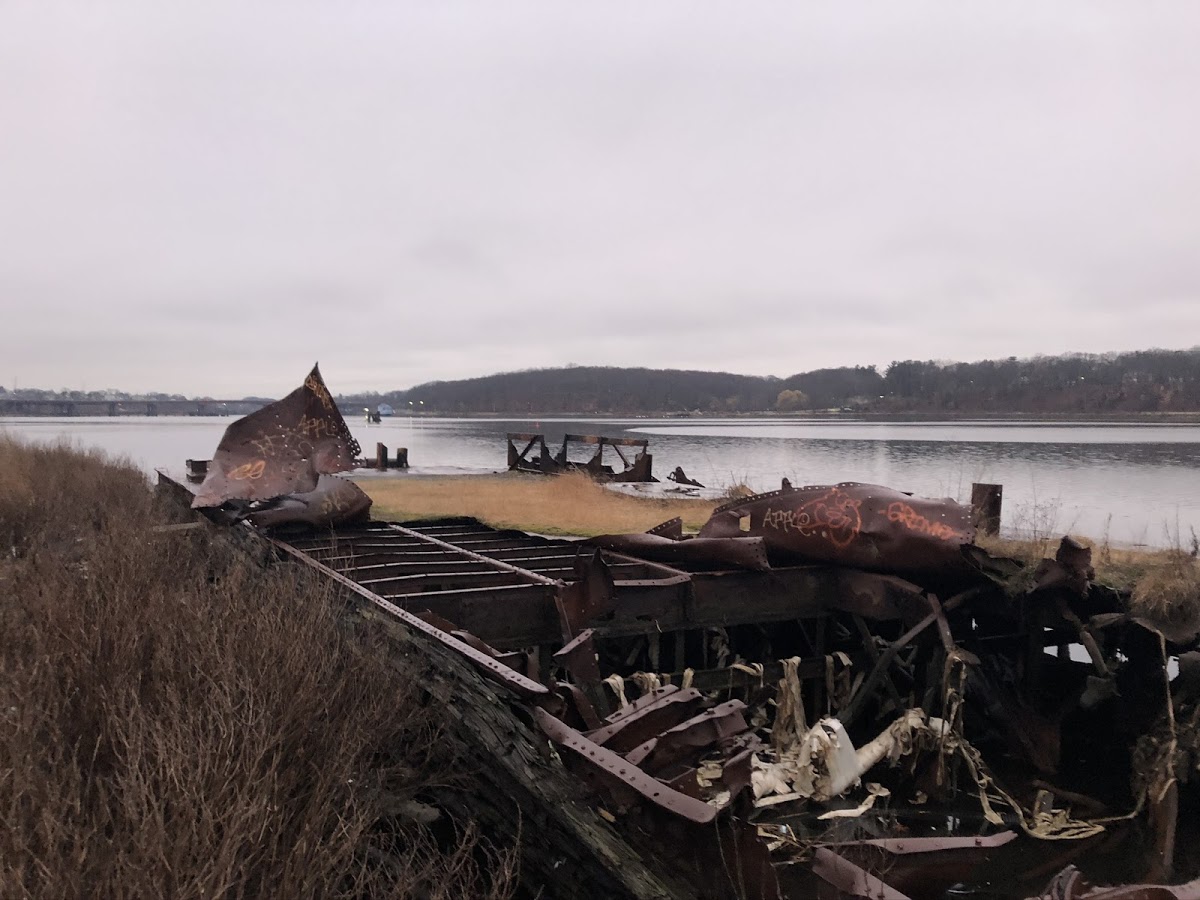
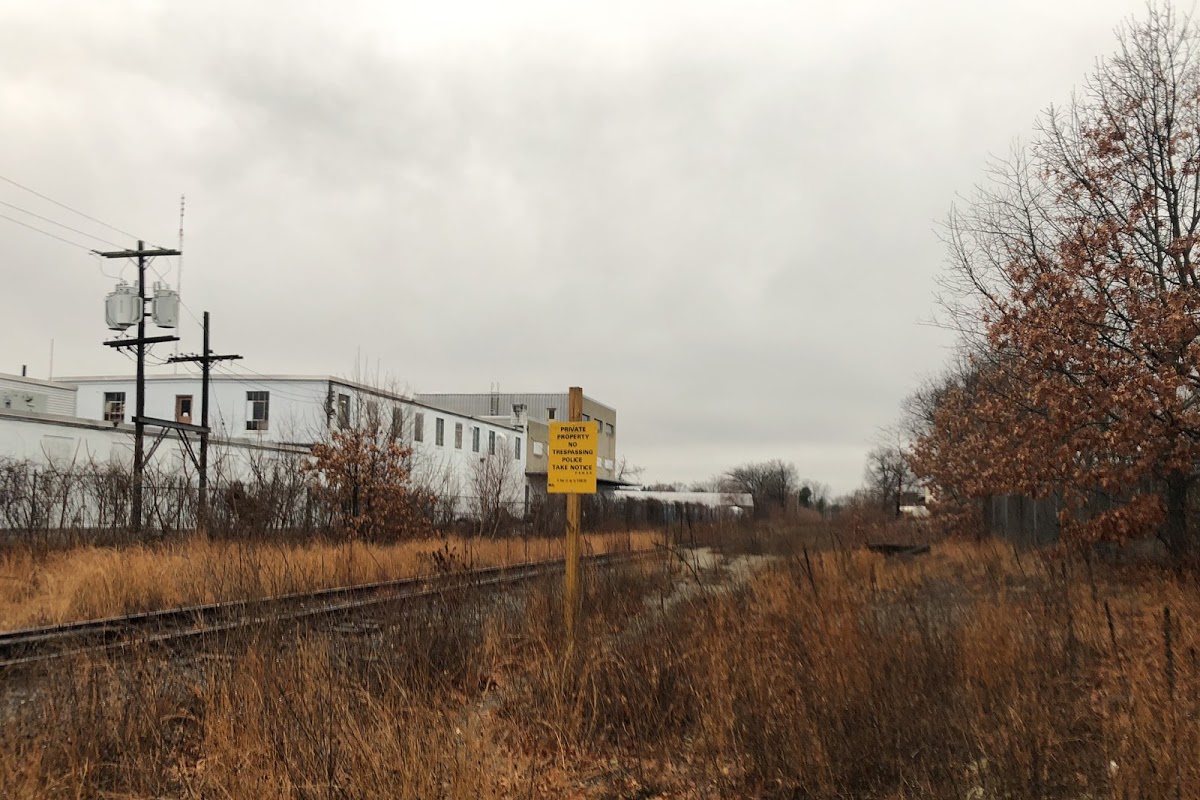
While students were making their way home to such far-flung locations as Greece, India and Hong Kong, the faculty team worked nonstop to load course materials onto the inviting, user-friendly website Goode created.
Once classes resumed remotely on March 30, students reportedly responded positively to the Phillipsdale Goes Back to Work site and its RFP format, an idea that initially came from Associate Professor Suzanne Mathew.
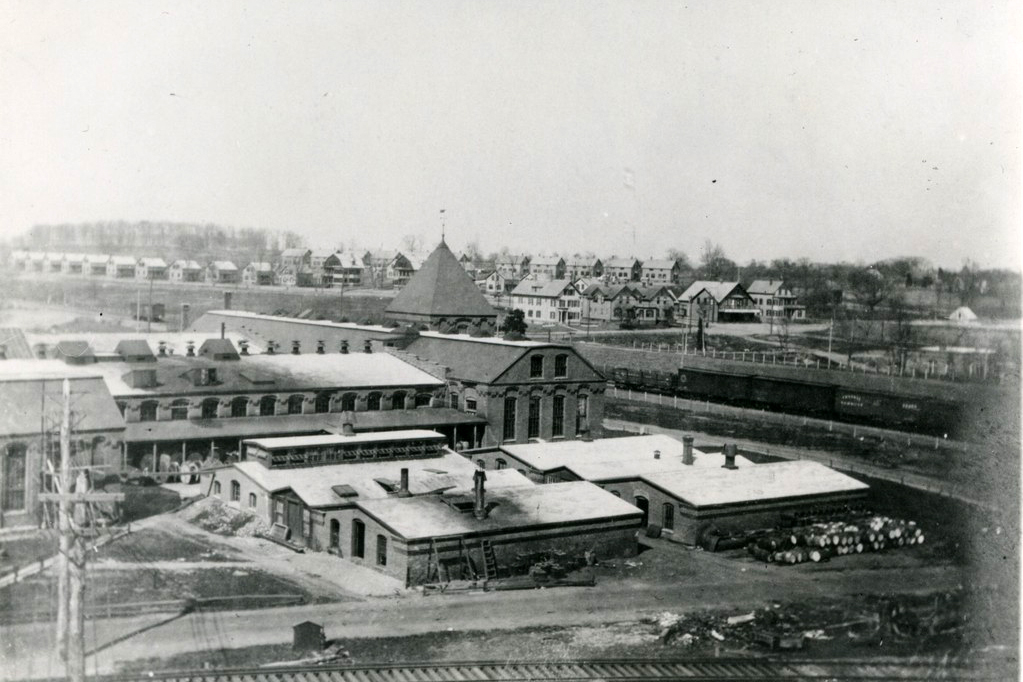
The site includes a detailed project brief, an expansive archive of documentation about the longtime industrial 'village' and galvanizing reminders of how landscape designers impact the world.
“The new public realm must be environmentally and socially productive in order to combat climate change and the inequity in our communities,” the teachers write. “The places and elements we create as designers… will have an impact on people and ecology [and] are a form of culture.”
Students see the revised studio “as a fun, visionary exercise that also comes with a little less stress.”
Students see the revised studio “as a fun, visionary exercise,” Goode says, “that also comes with a little less stress” since the components in an RFP are clearly defined. At a time when virtually all aspects of life have come unmoored, the trio is fully committed to ensuring that the studio is both invigorating and anchoring.
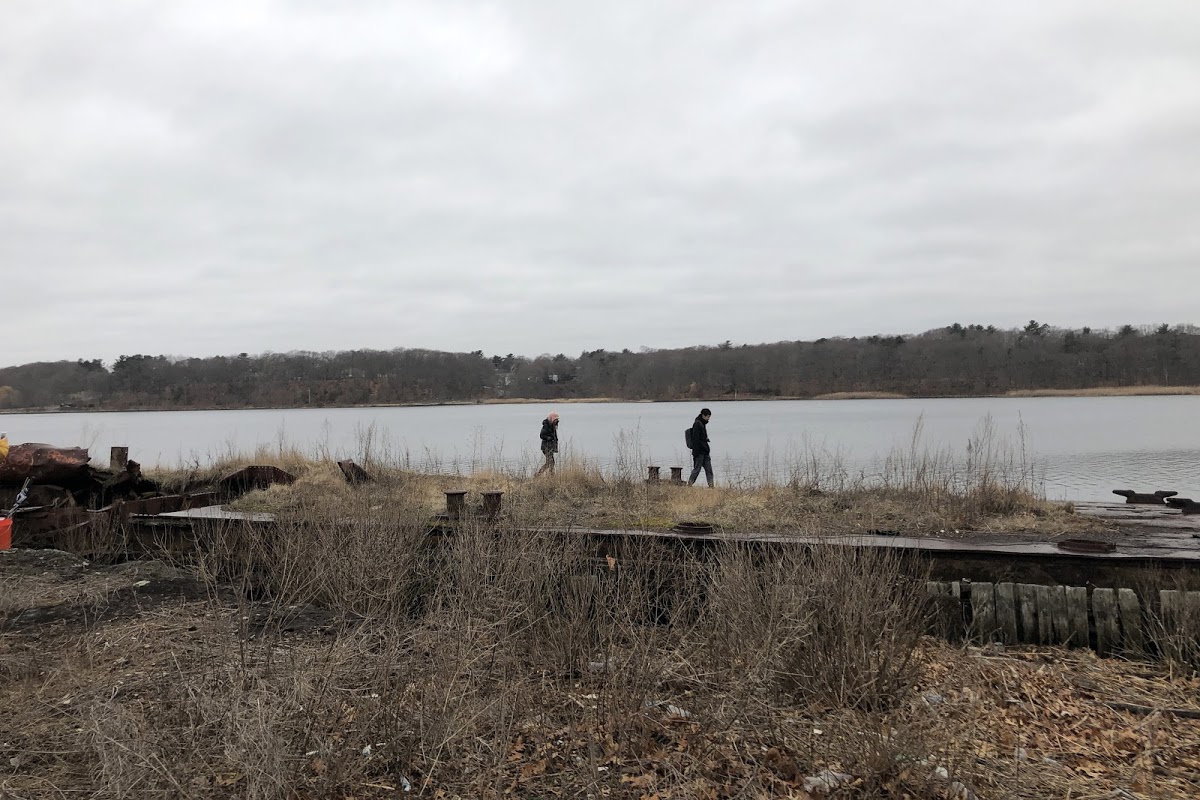
At the same time, they’ve been dealing with real challenges in adapting the usual workflows of the studio. For instance, in order to approximate models typically made in the department’s workspaces, teams are building and photographing discreet parts of each model and then making digital composites. This, in turn, has the advantage of requiring students to compile stronger photo documentation of their work.
Campus-based services like a remotely accessible “render farm” in the BEB computer lab, the central digital hub for both the Landscape Architecture and Architecture departments, have also helped in modifying processes.
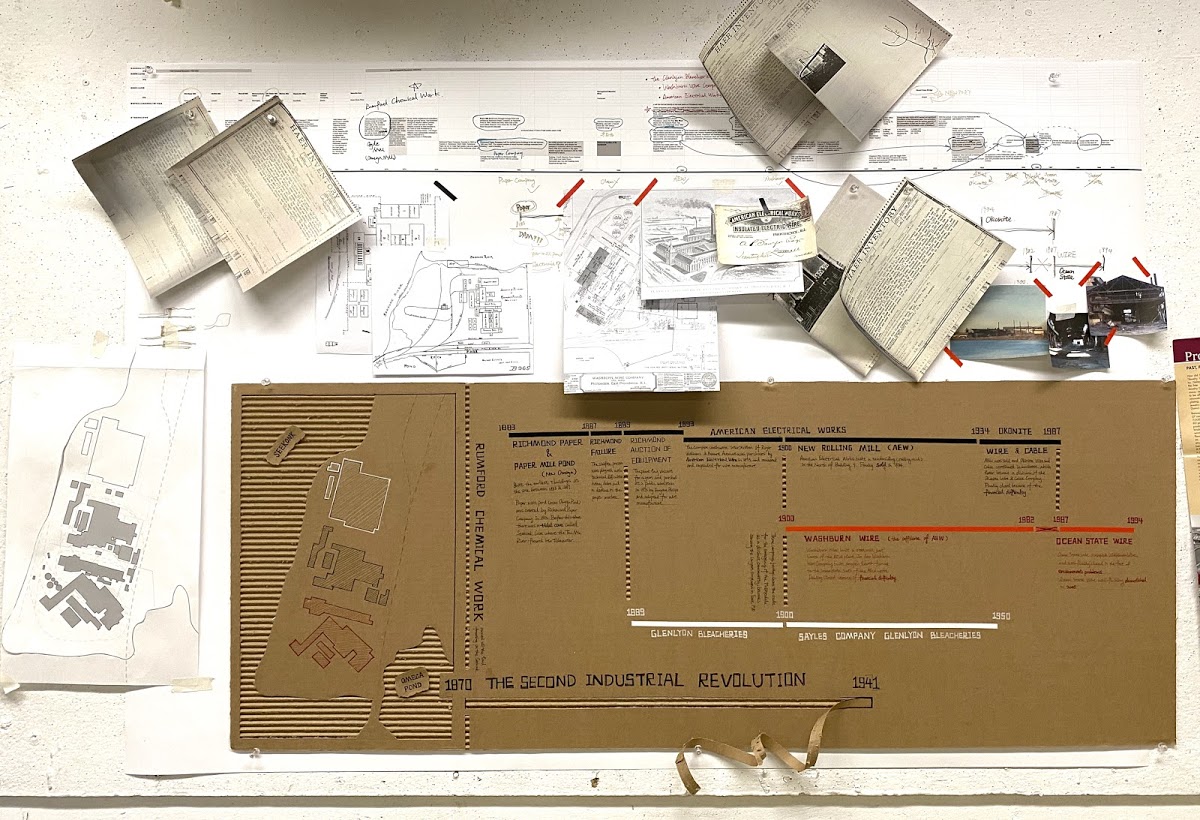
“There’s been an incredible outpouring of innovative thinking... to make as great an experience for students as we can.”
Moving so much of the class into digital space has revealed the potential for encouraging student engagement in new ways, Barthmaier-Payne says, while also preparing them for careers in a field where many work at removes from professional colleagues. Thanks to Zeitz and Goode, adjunct faculty members who “went 1000 times above and beyond” to revamp Site | Ecology | Design to accommodate the extraordinary needs this spring, she sees positive outcomes that might inform future iterations of the studio.
“There’s been an incredible, all-around outpouring of innovative thinking and extra hours of work,” adds Goode, “to make as great an experience for students as we can provide despite the circumstances.”
—Robert Albanese
April 22, 2020

